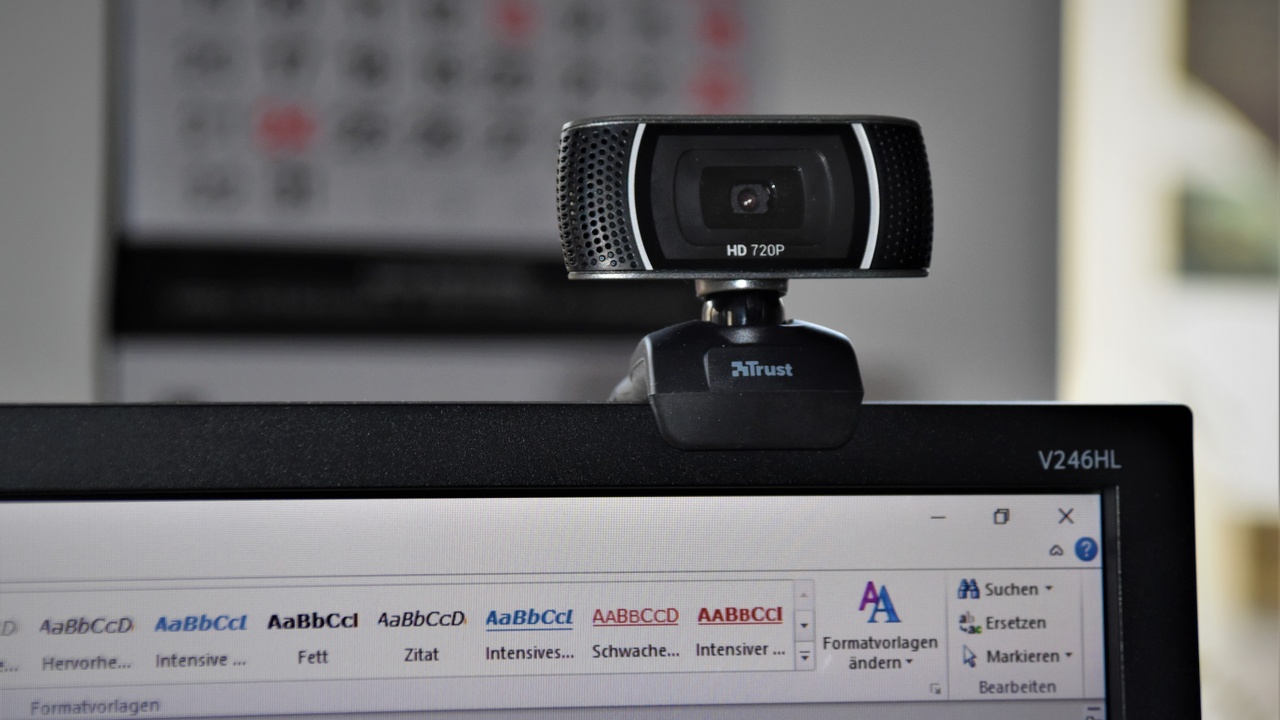7 Ways to Engage People Right Away

You never get a second chance to make a first impression.
Living in a digital world as we do, with our micro attention spans, people are deciding within seconds whether it’s worth listening to us.
Most of the research concludes that we have between three and seven seconds to engage people before they move on to other distractions, such as their phones.
With this in mind, it is clear that the most important moment of our presentation, meeting, or conversation is the opening. That’s when we set the tone. That’s when we enter the topic. Most important, that’s when we show ourselves and how this thing is going to go.
And the thing is, people know immediately and instinctively whether we are going to be worth their time. That’s because we all make snap judgments. We are conditioned with this three-second rule from cruising TV, browsing the internet and interacting with our phones.
Three seconds…change the channel
Three seconds…click another web page
Three seconds…open a new app
This is why, as communicators, we must engage people immediately and keep their attention throughout our communication. (In fact, it’s our job now to continue to engage them every couple of minutes, but we’ll cover how to do that on another day.)
There are many ways for you to start your talk. But here are seven winners you can use to start any presentation, meeting or conversation.
1. Ask engaging questions
Asking a question is easy—lots of people do it. But asking the right question is hard. In a business conversation, a lot of people typically ask, “how’s business?” That elicits the typical response … wait for it … “fine.” This doesn’t engage people. I recommend instead that you ask something more complex like, “what’s the most interesting story you’ve heard in your business over the last year?”
In a presentation, a similar rote response happens when people ask their audience, “how are you doing?” Depending on the status of the person asking, the audience will say some version of “great.” Sometimes, the high-status leader will ask again and the audience will shout, louder, “great!”
This is not necessarily a poor approach, but it doesn’t elicit a useful, relevant response. What if, instead, the leader asked something relevant to the presentation, such as, “How many of you feel overwhelmed by all the changes we’re implementing this year?” People will have to think about the response and be open enough to share. The leader might then say, “me too,” and proceed to talk about how they all have to work together and support one another through change. It sets up the conversation to come.
2. Share stunning statistics
Use a couple of key numbers in the beginning to gain interest and set up your premise. Warning: don’t overwhelm people with too many numbers. Just a pinch to spice up your dish—don’t dump it all in there because if you do, you’ll have the opposite effect: a turn-off.
For example: Did you know that the average person sees 5,000 marketing messages per day? That’s in addition to email, text and other messages. No wonder we’re so distracted.
Or: Speaking of distracted, did you know that the National Safety Council estimates that one in four car crashes resulting in deaths, injuries or property damage occur while drivers are texting or talking on the phone? That’s a total of up to 2 million crashes per year.
3. Tell a relevant story
Tell a story or short anecdote right off the bat. Immediately. People love that, as long as it’s relevant and you tie it in. You might say up front, as I do, it’s important to pay attention because if you don’t you might miss a major opportunity, as I did. Then I tell a story from my life that was a funny fail.
You have plenty of good stories to tell. It might feel weird starting off with a story, but trust me, it works. We humans are hardwired for stories.
4. Create a meaningful analogy
What situation do you find your business in? What is the major challenge you’re trying to motivate people to overcome? An analogy, or metaphor, can give people the change of perspective they need to move forward.
Like this: As we near the end of the year, we are so close to winning in the national sales competition. We are like a football team that’s been beaten down with injuries and challenges throughout the year, but we’re still here and we’re on the 10-yard line. Let’s meet our biggest challenge and win it all.
Analogies are especially helpful in guiding people into uncharted territory. You take them from what is familiar and understandable to a future, analogous state.
5. Make a request
I always recommend a call to action at the end of your presentation or meeting. People want to know what to do with the information you’ve given them. What does it mean to them and what should they do with it? Lacking a call to action can make it largely irrelevant.
An interesting and engaging technique is to ask people up front for action. Make your request or call to action at the beginning. In essence, you’re telling them the case that you’ll make. They’ll know exactly why you’re saying what follows.
6. Give a powerful quote
The right quote, relevant and from a credible source, can set the tone for everything. In most of my coaching and training sessions, you’ll at some point hear my favorite quote from Maya Angelou:
“I've learned that people will forget what you said, people will forget what you did, but people will never forget how you made them feel.” Truth.
7. Tell an appropriate joke
Warning: this is the riskiest tactic of all. If you’re not naturally funny, don’t tell a joke. If you are naturally funny, don’t automatically decide to tell a joke. You need to decide if the audience is ready, the environment is right and the joke is relevant. Lacking any of these elements can hurt you. And having all of these elements aligned is no guarantee of success.
It doesn’t have to be your own joke. When speaking on dealing with anxiety, I often tell Seinfeld’s joke: “According to most studies, people's number one fear is public speaking. Number two is death. Death is number two. Does that sound right? This means to the average person, if you go to a funeral, you're better off in the casket than doing the eulogy.”
Which is also truth. We all have anxiety in communicating with others, but once you engage your audience, with a strong opening, you’ll feel a sense of connection that will give you the energy to keep engaging them all the way to the end.
Open strong, my friend.








